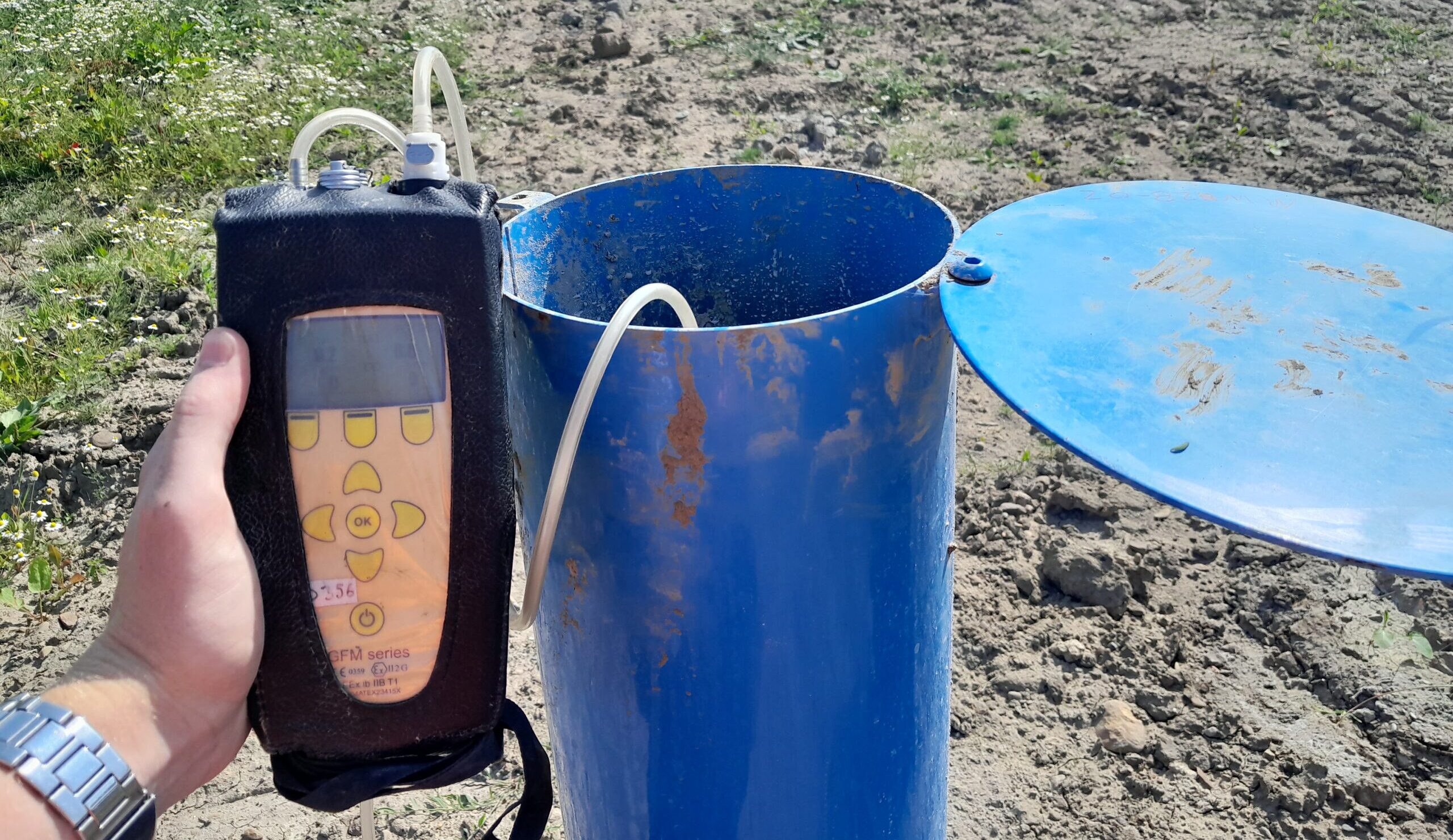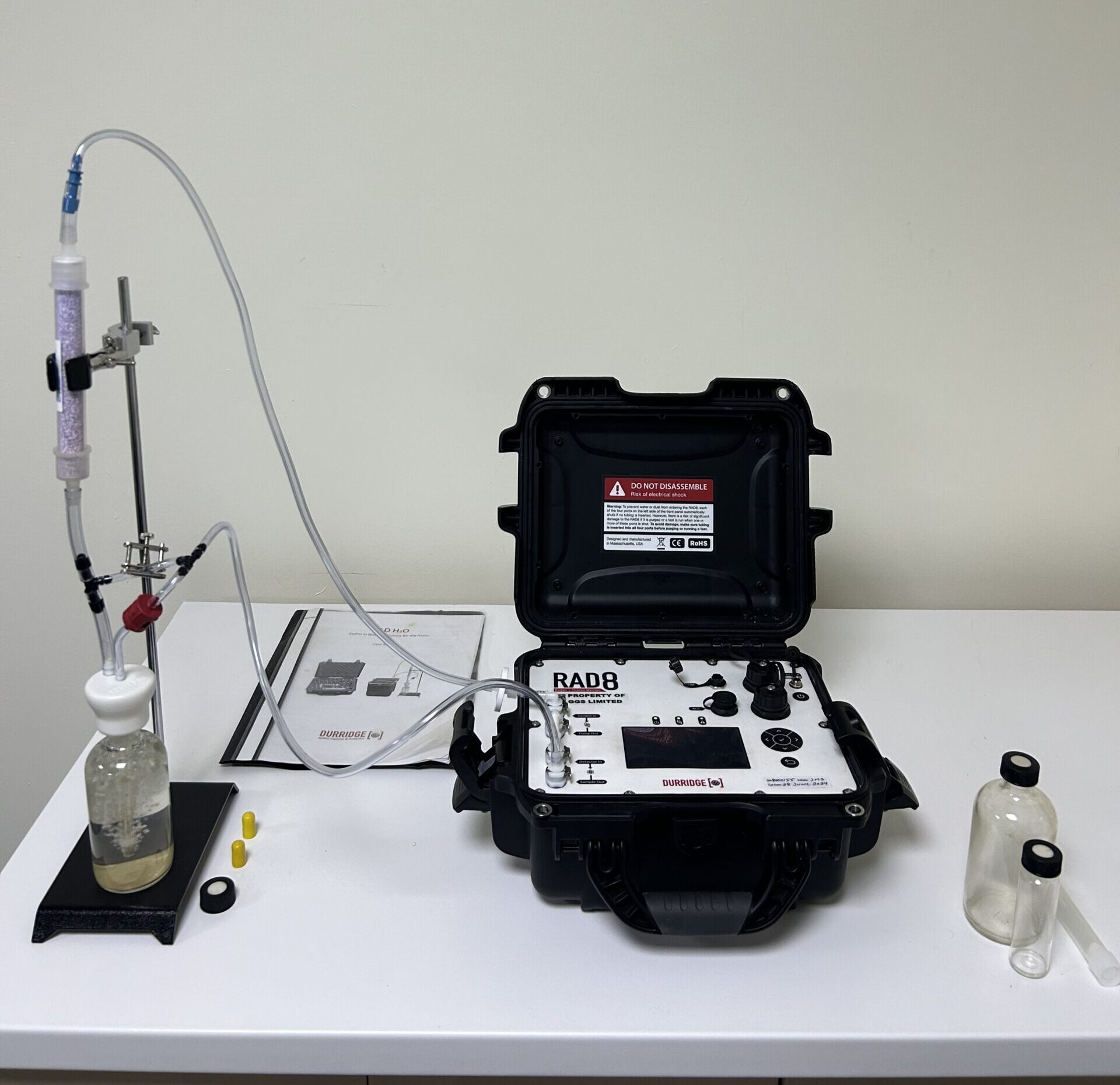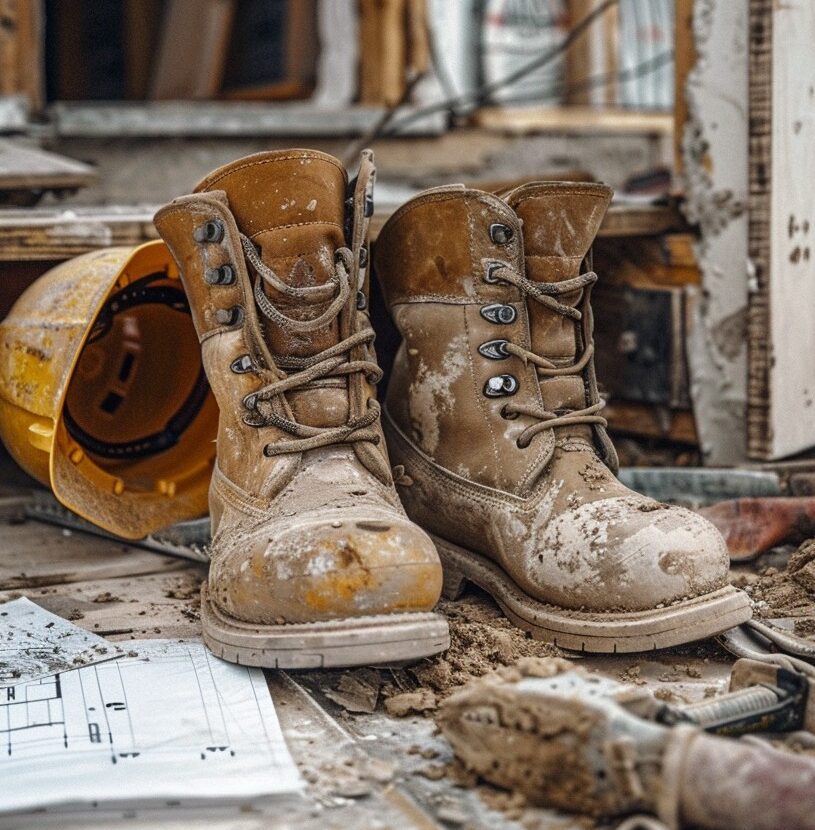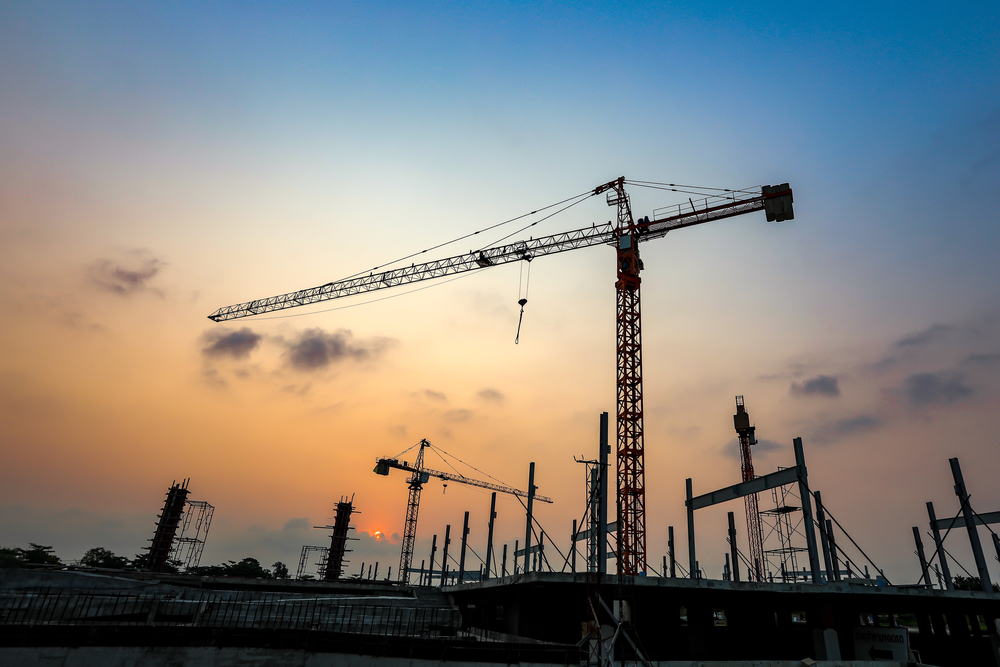When it comes to continuous monitoring, it is essential that ground gas monitoring is done effectively. Part of this process is ensuring that the technology you are using on site is accurately reporting the gas concentrations and flow.
There are several reasons why this is important, find out more by reading on. If you are looking to work with a team of environmental scientists with advanced methodology and innovative technology, get in touch with us below.
Ground gas monitoring technology needs to be accurate. If your tool uses sensors to measure ground gas it is important that these are giving accurate readings. It’s worth highlighting that all sensors in monitoring technology do not directly measure gas, but they measure a response to gas such as light or electrical current changes to gas concentrations.
The electric current is converted into meaningful gas results. The responses can be affected by the presence of water vapour or moisture (humidity) which can lead to voltage changes and then inaccurate results. Regular, calibration is important to ensure that the sensor responses are accurate and reliable. At GGS we have our own innovative technology to ensure this.
Environmental changes compound the need for calibration. In addition to humidity, ground gas sensors are also affected by dust and temperature leading to erroneous readings. Furthermore, some gas sensors will ‘drift’ over time.
Regular calibration can negate the impact of these environmental changes on the gas sensors and provide confidence that the recorded readings are accurate.
Inaccurate readings from poorly calibrated instruments, will lead to low quality and incorrect risk assessments that either underestimate or overestimate the ground gas risk at a site. These may lead to either end-users exposed to unacceptable danger or contractors wasting money on gas protection systems that are not needed. Either of these outcomes negates the real value of continuous ground gas monitoring which is to provide better quality data within a shorter period compared to traditional, long-term periodic (spot) monitoring approaches.
At GGS, we know the importance of regular calibration to ensure that the monitoring results are as accurate and reliable as possible.
Regulatory compliance is key when it comes to measuring ground gas. In particular when it comes to homes or workplaces. Planning Authorities are responsible for assessing development applications and applying planning conditions where appropriate. Where land may be ground gas contaminated, ground gas risk assessment reports will be required.
There are several ground gas guidance documents, including those listed by CL:AIRE which reference the importance of calibration. Most pertinently NHBC’s Hazardous Ground Gas Guidance for best practices outlines that ‘One key factor for ground gases is to ensure that the monitoring equipment is always in calibration; and this should be stated in the data reporting.’
The use of accurately calibrated equipment is one of the key elements that ensures best practice has been adopted, your data is reliable and you are receiving the best advice on making your development safe.
Due to the effects of moisture, dust and changes in temperature, GGS carries out ‘Bump Tests’ on all its continuous monitoring instruments prior to every equipment deployment. If an instrument is found to be out of calibration it will then be recalibrated by our in-house specialist team of technicians before it is made available for deployment.
All our factual data reports are accompanied by the latest equipment calibration certificates. In this way our clients know that they are getting the best possible service and regulators know the data is reliable.
While GGS are the market leaders in continuous ground gas monitoring we know that many of our clients will carry out spot monitoring using hand held devices. It is really important that these devices are also regularly calibrated. We recently published a short guide on bump testing your gas detection equipment.
If you are looking for the highest quality continuous monitoring data or a full ground gas interpretative report and risk assessment, GGS are here to help. We have advanced technology that provides accurate and reliable readings. With one of the largest, if not the largest, fleet of specialist gas monitoring equipment in the UK, we have the knowledge and expertise to assist with the full range of ground gas related issues that are used by a range of clients, so get in touch with us today to learn more.
The following pages include news articles, videos, guidance notes and white papers on a range of ground gas related topics which we hope you will find of interest. Please browse through but if you can’t find something on your particular issue of interest, we’d be very pleased to hear from you so we can put that right.
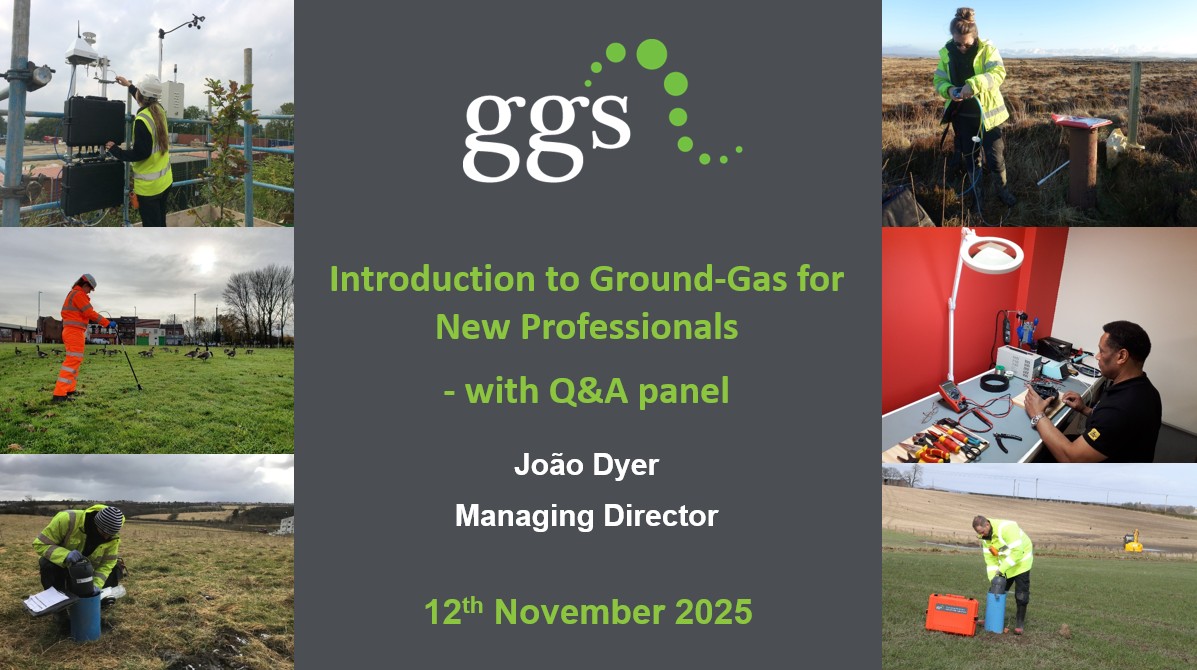
Are you new to the industry and looking for an introduction to ground gas?
This webinar, led by Joao Dyer, is perfect for new professionals and graduates. The webinar also includes a Q&A panel with the GGS team.

